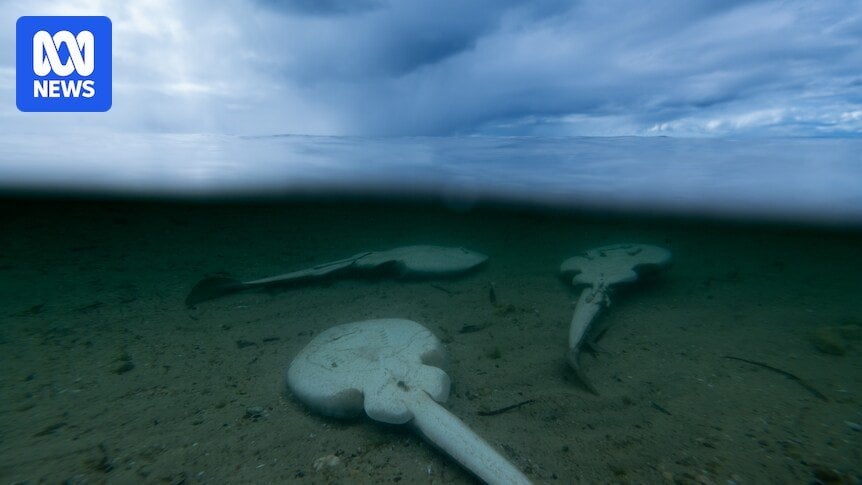An ecological disaster is currently wreaking havoc along Australia’s coastline, with a mysterious and toxic algal bloom spreading across thousands of square kilometers, leaving a trail of destruction in its wake. The unfolding crisis began with the appearance of a brown foam on Waitpinga Beach, an hour south of Adelaide, signaling the start of a deadly phenomenon that experts warn could be a harbinger of future environmental challenges.
The incident at Waitpinga Beach, a popular spot known for its strong swells and natural beauty, shocked local surfer Anthony Rowland, who found himself unexpectedly caught in the middle of the toxic algal bloom. What initially seemed like a flu-like illness quickly escalated as more beachgoers began experiencing symptoms like coughing and sore throats, prompting concerns about the seriousness of the situation.
As reports of illness and dead sea creatures surfaced, authorities initially downplayed the severity of the issue, leaving citizens like Anthony feeling frustrated and unheard. His persistence in raising awareness through social media turned him into a citizen scientist, shedding light on the unfolding crisis and prompting a broader community response to the ecological disaster.
The toxic algal bloom, identified as Karenia mikimotoi, was confirmed by marine biologist Shauna Murray to be a result of an ongoing marine heatwave causing warmer-than-usual water temperatures along the coastline. This environmental imbalance has allowed the bloom to flourish, expanding rapidly and devastating marine life in its path, from Kangaroo Island to Encounter Bay and beyond.
The impact of the algal bloom on marine ecosystems has been catastrophic, with reports of mass deaths of various sea creatures, including octopuses, cuttlefish, and sharks washing up on beaches. The pervasive nature of the crisis has drawn attention to the interconnectedness of marine ecosystems and the fragile balance that sustains life along Australia’s coastlines.
Amidst the environmental chaos, a community of citizen scientists, led by individuals like Faith Coleman and Kathryn Lewis, has emerged to fill the information void left by authorities. Their grassroots efforts in monitoring and documenting the crisis highlight the power of community-driven responses in times of environmental uncertainty and government inaction.
As the ecological disaster unfolds, experts from the South Australian Research and Development Institute (SARDI) are working tirelessly to track the algal bloom’s movements, conduct autopsies on dead sea life, and predict its future trajectory. However, the long-term implications of the crisis remain uncertain, raising concerns about the broader impacts of climate change on Australia’s marine environments.
For Anthony Rowland and others witnessing the devastation firsthand, the ecological disaster serves as a stark reminder of the looming threats posed by climate change. As communities grapple with the aftermath of the algal bloom, there is a growing sense of urgency to address the root causes of environmental degradation and safeguard the fragile ecosystems that sustain life along Australia’s coast.

